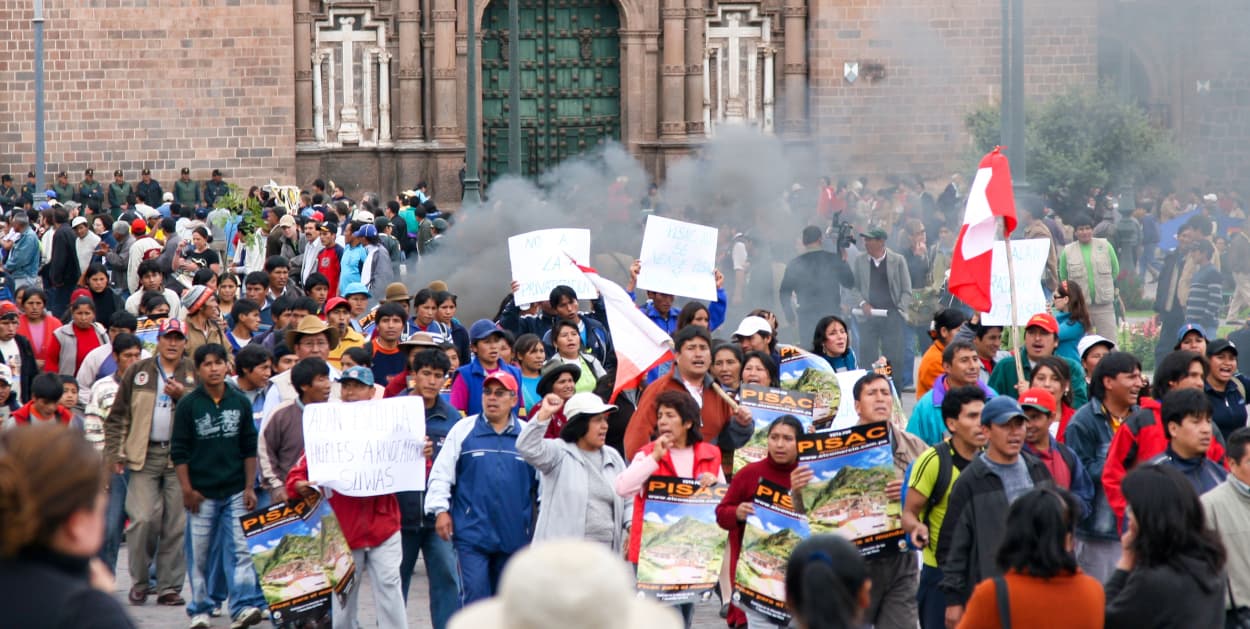Peru: Violent protests are expected to continue as grounds of unrest are not tackled

Event
After months of severe unrest, Peru's government announced the launch of more than 30 public-private projects worth nearly USD 9 billion. In this way, it hopes to revive the economy, which is slowing down due to the violent anti-government unrest. Indeed, in contrast to the past, when the economy was able to withstand political uncertainty and unrest relatively well, economic activity is now weakening. Unrest and road blockades have disrupted mining transport in the world's second largest copper producing country. Some mines had to slow down operations, or even suspend them without resumption date. Other severely affected sectors are the agriculture, transport and tourism. As a result, real GDP growth is expected to reach 2.5% in 2023, which is relatively low for the country, while a shallow recession is not excluded as well.
Impact
Since early December 2022, protests have led to the deaths of at least 58 people, as demonstrators clashed with security forces. This is the Andean country's worst outbreak of violence in over 20 years. Protesters are calling for President Boluarte’s resignation and the dissolution of the Congress, with some citizens also demanding a new Constitution and the reinstatement of previous President Castillo. For now, neither the president nor the Congress have shown willingness to resign. President Boluarte took office in December after the ouster of Pedro Castillo (2021-2022), which followed his failed coup attempt. Boluarte is the sixth president in just six years. Unrest and strikes used to resurface regularly in the past, but they seem to have intensified since the ouster of Castillo. The projects announcement is unlikely to ease unrest since the real grounds of unrest are not tackled: widespread perception of corruption, high wealth inequality and increasing public distrust in politics.
President Boluarte’s situation is precarious and the risk that she leaves office before 2024 is high. Political instability is likely to continue, even after a potential departure of Boluarte or new general elections. The next presidential contest is likely to resemble the 2021 election: a large field of presidential candidates splits the vote, giving populists and radicals a vast opportunity to win. The Congress is likely to remain highly fragmented, after elections as well, keeping government instability and uncertainty high in the coming years.
For now, the rating of risks arising from short-term political and assimilated events remains unchanged. Solid macroeconomic fundamentals and historically elevated copper prices (accounting for half of the current account revenues) support Peru’s foreign exchange reserves (see graph below). Given the violent unrest, the business environment risk rating is under pressure (currently in E/G). Furthermore, depending on new general election, and their outcome, the risk of contract alteration might rise (and hence a downgrade of the expropriation risk to category 4/7 is possible).

Analyst: Jolyn Debuysscher – J.Debuysscher@credendo.com